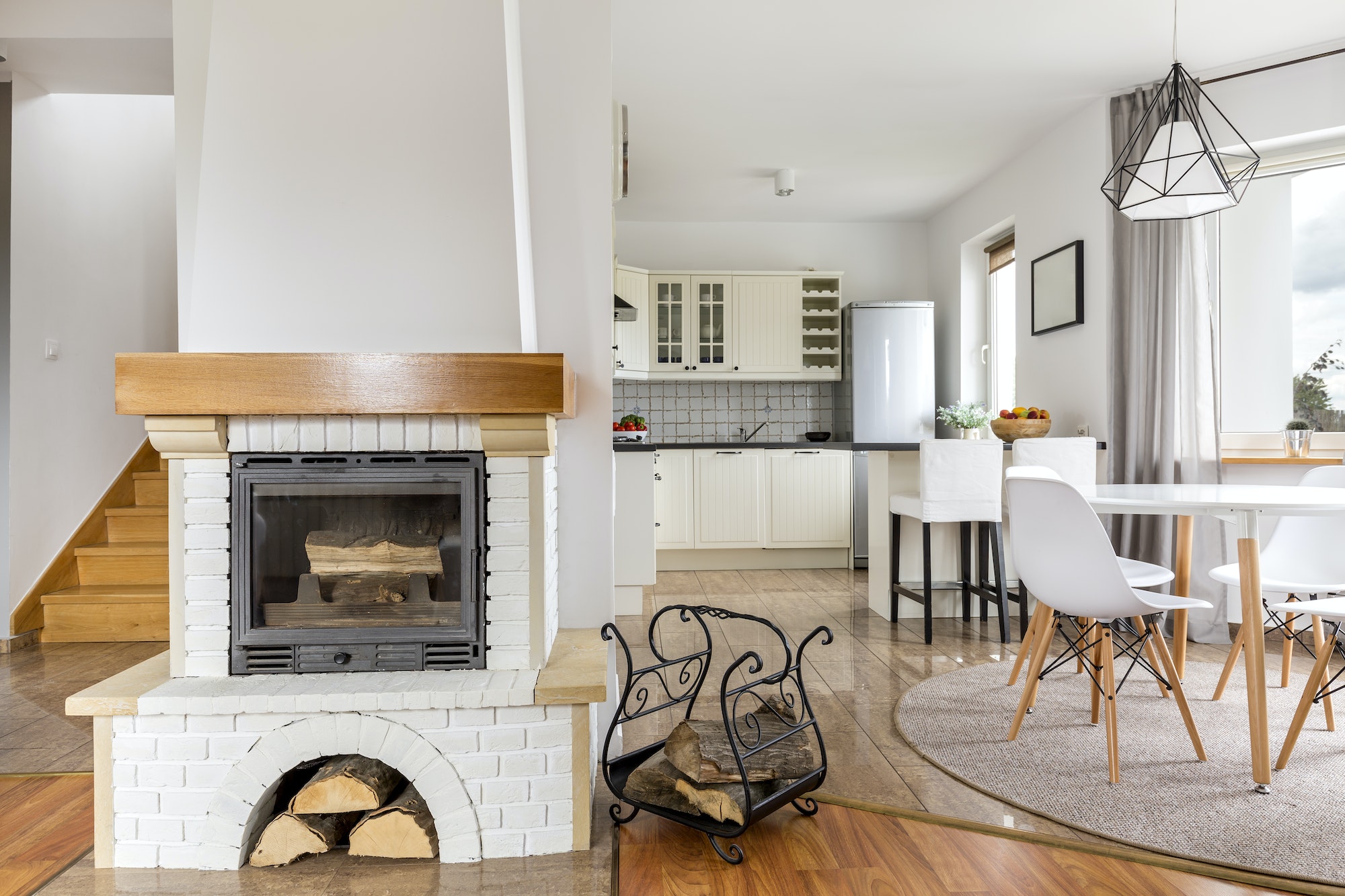The success of a construction project depends on precise or accurate cost estimates, irrespective of the project you are involved with. Construction estimating plays a significant role in ensuring that the project achieves its milestones or meets the deadlines as per the schedule and without overshooting the budget.
Estimating is critical when you have budgetary constraints and very tight deadlines. According to Whole Building Design Guide, during the entire project planning process, construction, design, maintenance, and operation stages, construction cost estimation techniques are implemented as primary tools of effective Cost Management. Sound understanding, efficiency, and expertise are essential for estimating construction expenses.
Different Types of Construction Estimating Methodologies
Quantity Takeoff: A Popular Technique
This technique involves a detailed measurement of all the materials, labor, and equipment required for a project. Quantities are determined based on project drawings and specifications. It requires expertise and knowledge of construction practices to estimate the quantities accurately. Once precise quantities are determined, unit costs are assigned to each item, and the total cost is calculated by multiplying quantities by unit costs.
Cost per Unit: Fast & Easy Way
This technique involves using historical data or industry benchmarks to determine the cost per unit of a particular construction component. For example, the cost per square foot of a building or the cost per linear foot of a road! This technique provides a quick and approximate estimate based on similar past projects.
Parametric Estimating: Best for the Initial Calculations
This construction estimating technique is best for the initial planning stages. At this juncture, very little information or data is available relating to the specific program apart from the project parameters in general. This technique uses statistical connections or algorithms relying on past information for calculating the resources necessary. Parametric estimating relies on mathematical models and statistical relationships to estimate costs based on project parameters. Historical data is analyzed to identify correlations between project characteristics and expenses. For instance, estimating the cost of a building based on its total floor area, number of rooms, or number of stories. Parametric estimating is efficient for early-stage estimates but may lack accuracy if project characteristics deviate significantly from historical data.
Assembly Estimating: A Meticulous Intermediate Level Estimating Method
Assembly estimating is effective as an intermediate-level estimation technique implemented when design drawings seem to be 10 percent to 75 percent done. This technique involves dividing the project into assemblies or systems, such as foundations, walls, roofs, electrical, plumbing, etc. Each assembly is estimated individually based on the quantities and unit costs associated with its components. The costs of all assemblies are then added to obtain the total project cost. It is one of the oft-used construction estimating techniques.
Vendor Bid Analysis: A Step towards Accuracy
This technique involves obtaining quotes from suppliers, subcontractors, and vendors for specific materials, equipment, or services. It requires reaching out to multiple vendors to gather competitive pricing information. Vendor quotes may be used for validating or supplementing other estimation techniques, providing accurate cost data for specific project components. It is crucial to ensure that the quotes cover all the necessary components and are comprehensive to avoid unexpected costs later.
Bottom-up Estimating: A Detailed Approach
This technique is also called analytical estimating. It involves dividing project deliverables into a host of work packages. Each work package is composed of a string of tasks. Bottom-up estimating is a detailed approach that involves estimating each component of a project individually and then aggregating them to determine the total cost. It requires a comprehensive breakdown of the project into smaller tasks. Each task is estimated in detail. This technique provides a high level of accuracy but can be time-consuming and require significant project knowledge.
Conclusion
There are several construction cost estimation techniques. However, only those techniques are successful that lead to reliable, precise, accurate, and credible cost estimates. You can create much-enhanced estimates when you have a sound understanding and when you achieve proficiency in cost estimation.
Discover more from Futurist Architecture
Subscribe to get the latest posts sent to your email.




